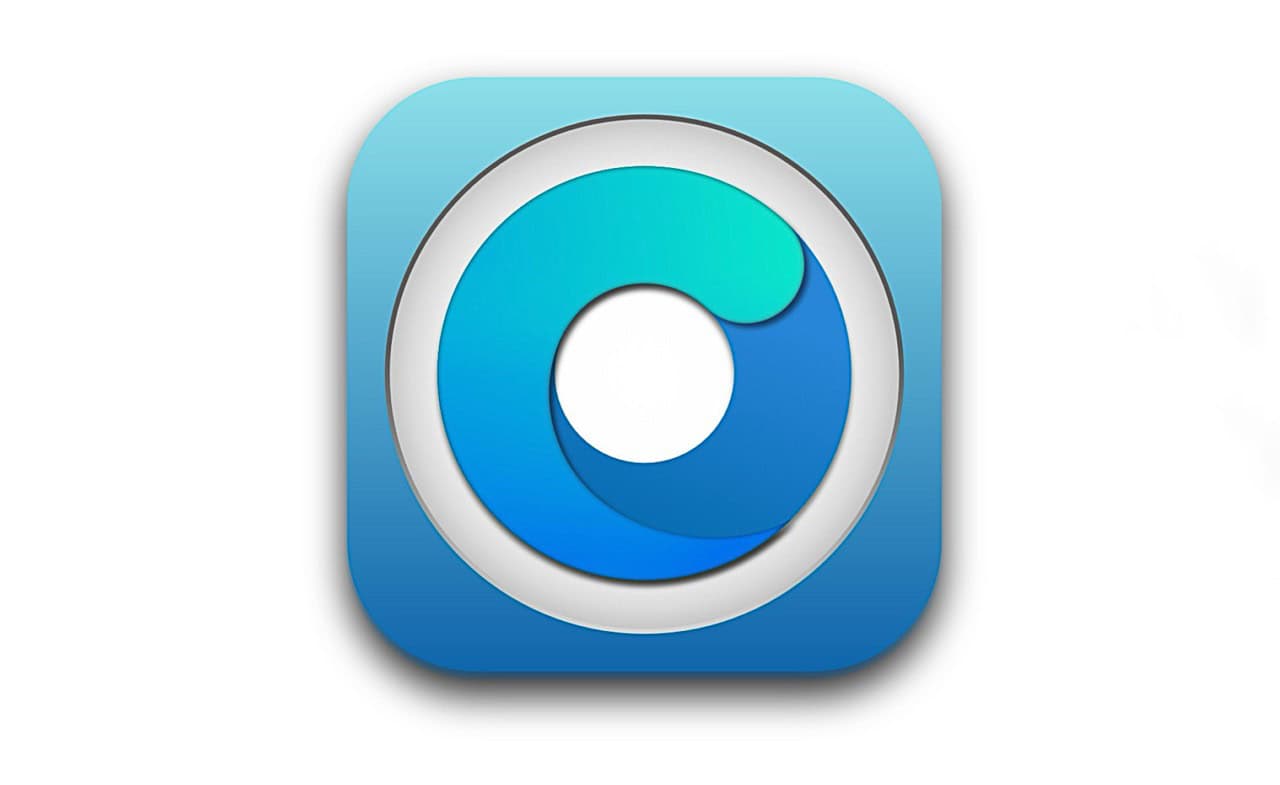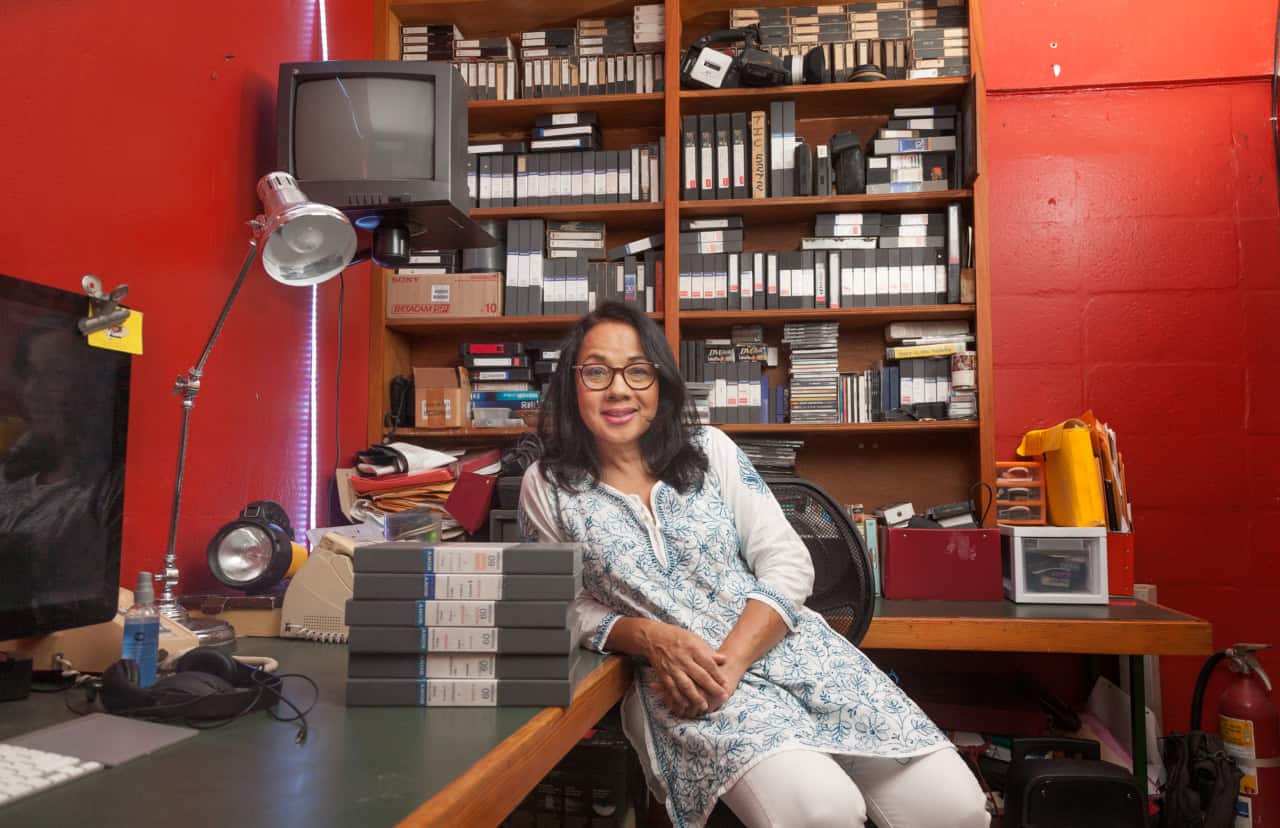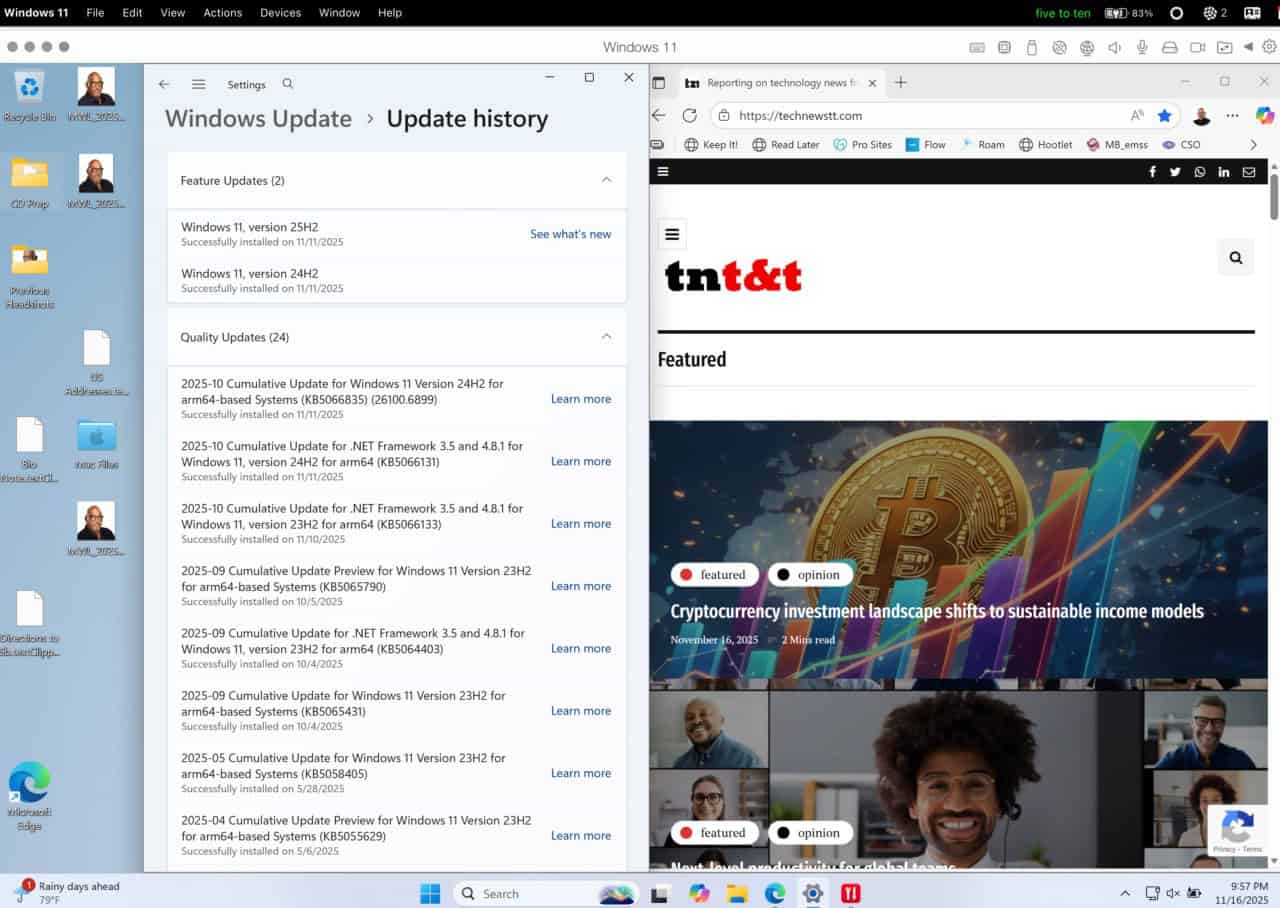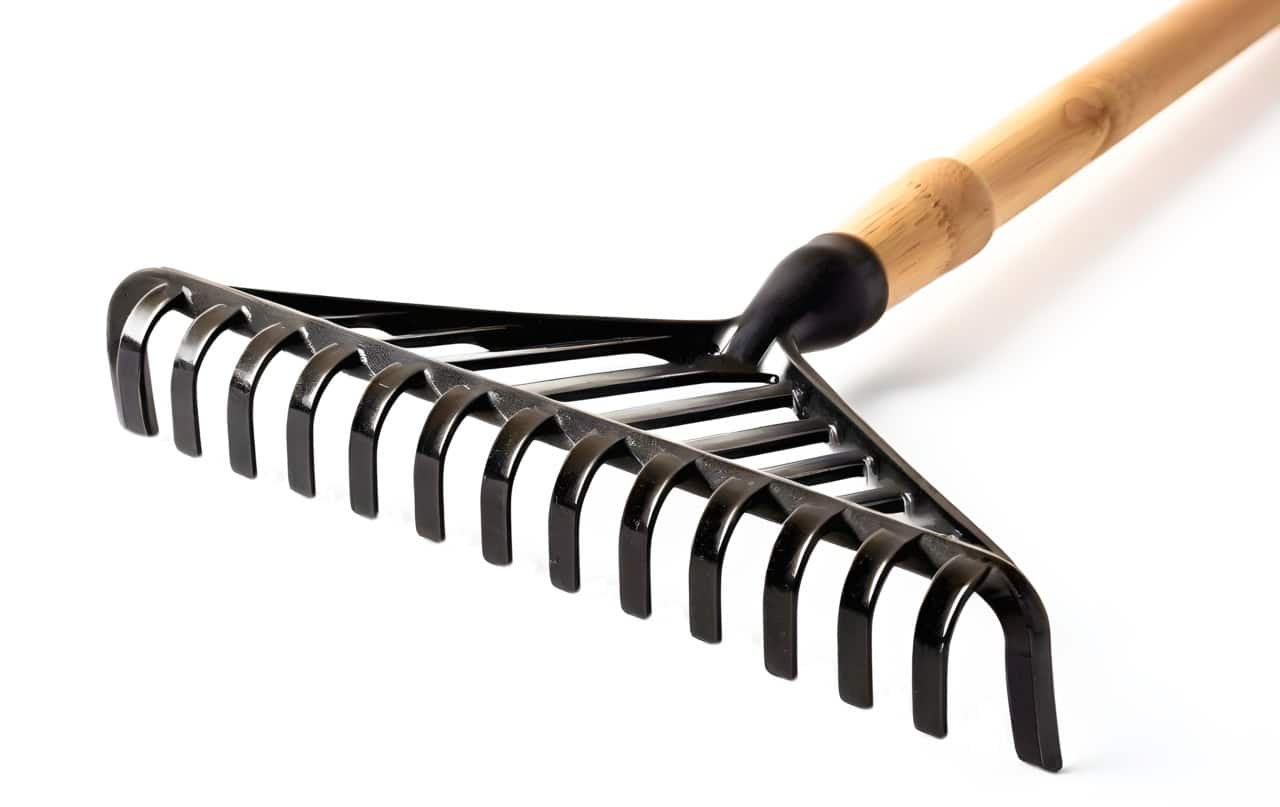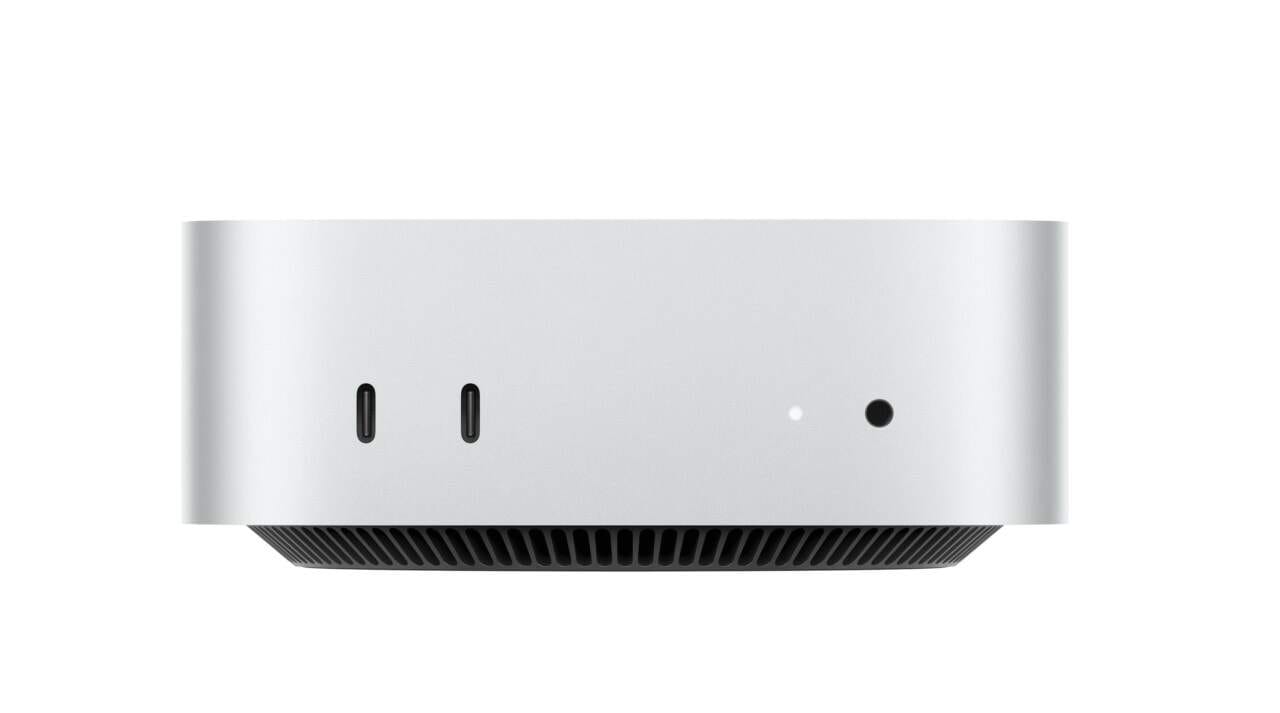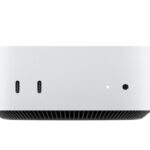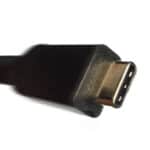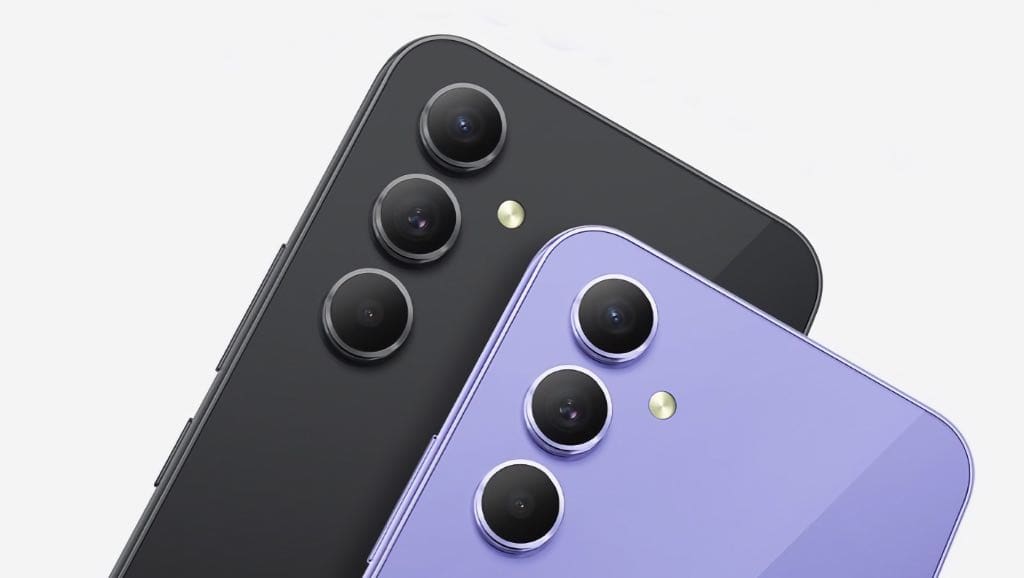
Defining the smartphone midrange
Above: Samsung’s A54.
BitDepth#1417 for July 31, 2023
A top of the line smartphone isn’t for everyone, so the value of a lower cost device will depend on what a user can live without.
Samsung’s A series smartphones replaced the budget J line in 2019 and the A54 is the crossover point from its premium Galaxy S devices.
For a price of between US$399 and $449 you get a device that on first glance is indistinguishable from a standard S23.
The A54 sports a triple-lens array with flash on the back and an agreeable 6.4 inch OLED screen that delivers great colour rendition.
So what justifies a price hike of US$250 to get an S23?
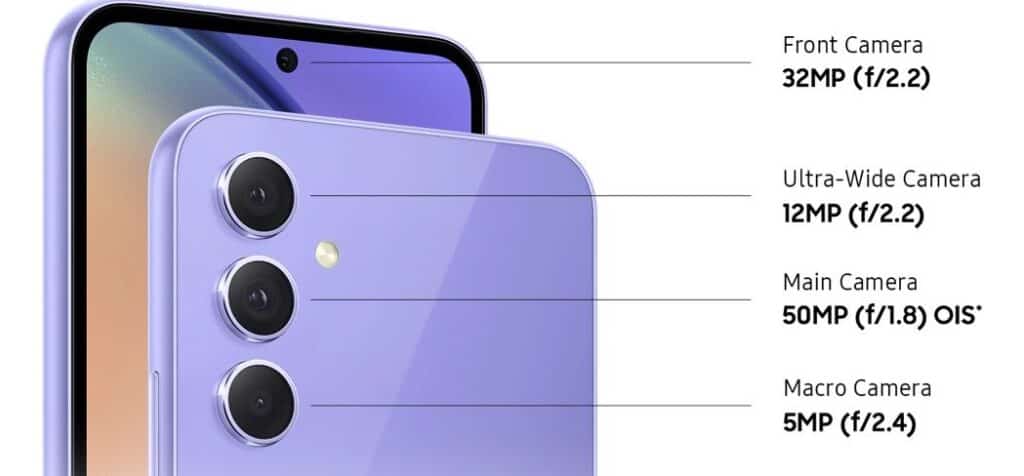
Some things go quietly missing.
The back panel of the A54 is Gorilla Glass 5, compared to the newer, tougher Victus glass on the S23. The A54 is held together by a plastic frame, while the S23 uses an “armour aluminium” frame.
Both devices benefit from a robust protective case for use in rough and tumble real-world environments, so the material used isn’t terribly important.
The A54 is powered by an Exynos processor, while the S23 is driven by a recent model Snapdragon processor. For users who don’t expect to tax their devices with higher-end games or video editing, the difference in day to day use is negligible.
Samsung has extended some quieter features to the A54. Users will get support for four full OS updates and five years of security updates. The company’s Knox security system is also now available on the device.
The A54 also has a bigger 5,000 mAh battery, compared to the S23’s 3,900 mAh battery. That makes a big difference in use time. Five days after I began testing the A54 and charging it to 100 per cent, the battery lost just two-thirds of its charge.
Even in standby mode with light use, I’ve never seen an S series smartphone get anywhere near that.
So far, it’s just cosmetic differences and a battery advantage, so what don’t you get when you choose the A54 over the S23?
There’s no wireless charging. You do get an actual charger in the box, something top of the line smartphones are omitting recently, but if you prefer a wireless charger, that’s not an option.
The crapware. Once you begin setting up the A54, it offers to download a parade of casual games. It’s probably a Samsung deal and the games are teen-focused in scope, but despite rather adamantly declining them all, I still had to return to the app listing to delete three that sneaked aboard.
The A54’s cameras look a lot like those on the S23 and it uses the same camera app, but there are some fundamental differences hiding behind the apparent similarities in the camera array.


Despite my reservations about the default settings for pictures taken with the A54, in contrasty low light, the images from an S20, at left, are more prone to flare and show less contrast than a similar image captured with the A54 (right). Image quality does trickle down from the S-series, and it’s quite likely that the A54 gets its imaging heritage from a more recent model in the S line. Photos by Mark Lyndersay
The S23 can capture 8K video, has a 50 megapixel main camera, a 10MP 70mm telephoto lens and a 12 MP ultra-wide camera.
The A54 has the same main and ultra-wide lenses, but ditches the telephoto option in favour of a lame 5MP macro lens. There’s no RAW photo capture. The selfie camera captures 32MP (The S23 selfie camera delivers 12MP) and video capture peaks at 4K, but anyone needing 8K won’t be quibbling over the price of an S23.
It probably isn’t even a fair comparison. Between the S20 and the S23, Samsung has put a lot of work into improving its camera system. The S22 Ultra has little missing for a photographer to wish for in a smartphone being used for stills photography.
The photos from the A54 are a trickle-down treat, good enough, but not great. Images are more contrasty and sharpened than I care for, and it’s clear that Samsung and I disagree on what constitutes a macro lens.
What’s available on the phone is more of a close-focusing mode, since anything photographed using that mode turns out to have the same distorted aspect as it would have using the main lens up close.
With 50 MP available on the main lens, you’ll get better photo by backing off a bit and cropping the final file instead of using macro mode.
The selfie camera is good in bright light, but falters in dimmer light, there are more megapixels, but less effective stabilisation, resulting in a less impressive image than the one delivered by the front-facing camera on recent S-series devices.
By default, the camera captures at 12MP with the main camera, so you must expressly set the camera app to take photos using the higher resolution.
Samsung offers two other models in the A line, the A14 and A03s, each of which drops some features along with the price but all the models feature the 5,000 mAh battery.
Each will fit a particular customer profile, but all benefit from the rapid development of the S series smartphones and the features they inherit with each iteration.




